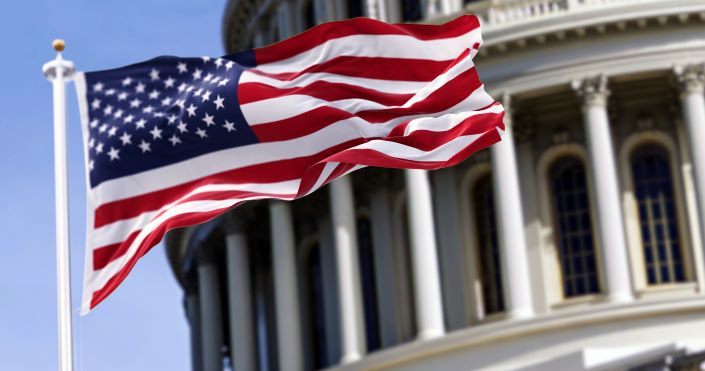April 13, 2023
Racial Justice Depends on Nixing the Blue Slip
Director of Policy and Program for Racial Justice

When a single district court judge in Texas is able to threaten access to abortion medication across the United States, the need for diverse, progressive judges who will stand up for our rights at all levels of the federal courts cannot be clearer or more urgent.
But while President Biden and Senate Democrats have made considerable progress diversifying the federal judiciary over the past two years, it is still far too easy for individual senators acting in bad faith to derail diverse nominees—as Senator Cindy Hyde-Smith did last week when she announced that she would not return her blue slip[i] for Scott Colom, a Black nominee for the federal bench in Mississippi.
Illinois Sen. Dick Durbin, the current chair of the Senate Judiciary Committee, has expressed openness to setting aside blue slips “if there’s a case that clearly demonstrates a disregard for a nominees’ qualifications because of race, gender or sexual orientation,” but otherwise defended the tradition.
However, the sad reality is that the modern blue slip tradition was intentionally designed to provide cover for racist opposition to judges, and, over the past 60 years, has been systemically applied against Black nominees, and other candidates from historically oppressed groups.
While blue slips have been used to solicit senators’ input on judges since 1917, the modern tradition of using blue slips to block nominations arose in the context of massive resistance to federal enforcement of civil rights and Black equality in the South. When the Supreme Court issued its landmark decision to integrate American schools in Brown v. Board of Education, Mississippi Senator James Eastland declared, “the South will not abide by nor obey this . . . decision.”
When Eastland became Senate Judiciary Chair in 1956 (two years after the Brown ruling), he dramatically strengthened the ability of individual senators to block judicial nominations to prevent integrationist judges from being confirmed to federal courts in the South. With the acquiescence of federal district judges, many Southern states were able to resist integration until the late 1960s.
Since Eastland’s chairship, the Senate has, to varying degrees, continued his tradition of deferring to home state senators on judicial nominations—a tradition with devastating impacts on judicial diversity throughout the country.
In Louisiana, despite Black people making up 33 percent of the population, only 2 of the state's 18 active federal district court judges are Black (11 percent). In Alabama, although Black people make up to 27 percent of the population, only 1 of the state’s 12 active district court judges is Black (8 percent). In South Carolina, where Black people make up 27 percent of the population, only 1 of the state’s 9 active district court judges is Black (11 percent).
To this day, the blue slip tradition disproportionately cuts against qualified nominees from underrepresented groups. During the Obama administration, 17 nominees were denied hearings because Republican senators refused to return their blue slips—of that number all 17 were women and 12 were nominees of color.
Last year, Wisconsin Republican Sen. Ron Johnson blocked the nomination of Judge Pocan, in a decision that many believe was linked to Judge Pocan being an openly gay man and Sen. Johnson’s history of opposition to gay rights. Sen. Hyde’s decision to block Scott Colom, a well-qualified Black judge, is the latest in the long history of abuse of the blue slip.
As it has in the past, the blue slip threatens to deprive women, people of color and other underrepresented groups of federal judges who reflect their lived experience, skewing the judiciary and the law toward straight, white, male perspectives.
In the 2022 midterms, in the wake of the Supreme Court’s attack on reproductive rights, progressive voters mobilized to preserve Democrats’ majority in the Senate and the opportunity to fill judicial vacancies throughout the country with diverse, progressive candidates. Sen. Durbin should take all necessary measures to do so—starting with eliminating blue slips.
_________________
[i] The “blue slip” refers to actual blue slips of paper that senators return to the Senate Judiciary Committee to signal approval for candidates nominated to district court vacancies in their home states. By refusing to return their blue slip a single senator can stop the confirmation process in its tracks. Crucially, a senator does not have to explain their opposition or justify it with objective criteria.
__________________

Taonga Leslie is Director of Policy and Program for Racial Justice at ACS.




